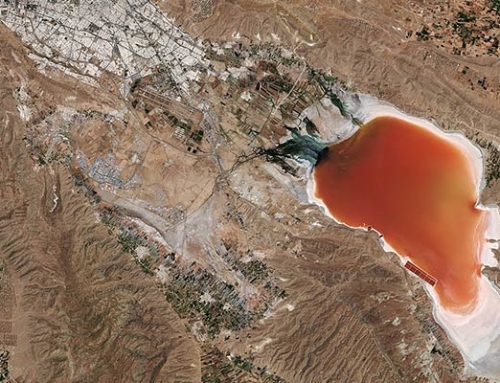Khajuye Kermani was a prominent Iranian poet, philosopher, and scholar who lived in the 14th century. He is widely regarded as one of the most critical figures in Persian literature and his works have had a lasting impact on Iranian culture and identity. Khajuye Kermani’s tomb in Shiraz is an important cultural and historical site that serves as a testament to his life and legacy.
History of Khajuye Kermani Tomb
The tomb was constructed in the early 15th century during the reign of Timurid ruler Shahrukh Mirza. It was built in the traditional Persian style, with a square base and a dome-shaped roof. The tomb was constructed on the site where Khajuye Kermani was buried after his death in 1352. The original tomb was a simple structure with no decoration or ornamentation.
Over time, the tomb underwent several renovations and additions. One of the most significant changes was the addition of decorative tile work and calligraphy on the exterior walls and dome of the tomb. These decorations were added during the reign of the Safavid dynasty in the 17th century.
Architecture and Design of Khajuye Kermani Tomb
The tomb is a beautiful example of Persian architecture, with its elegant design and intricate details. The tomb is accessed through a small entrance gate that leads to a courtyard with a small pool in the center. The main tomb is a small, square-shaped building with a dome-shaped roof. The dome is decorated with intricate tile work and calligraphy, with verses from Khajuye Kermani’s poetry inscribed on the walls.
The interior of the tomb is equally impressive, with a beautiful mihrab (prayer niche) and a small platform where visitors can pay their respects to Khajuye Kermani. The walls of the tomb are also decorated with beautiful tile work and calligraphy, with verses from Khajuye Kermani’s poetry inscribed on the walls.
Art and Decoration in Khajuye Kermani Tomb
The tomb is adorned with beautiful tilework and calligraphy, which are some of the most impressive features of the grave. The tile work on the exterior walls and dome of the tomb features intricate floral designs and geometric patterns, with a color scheme dominated by blue and turquoise.
The calligraphy on the tomb is equally impressive, with verses from Khajuye Kermani’s poetry inscribed on the walls. The calligraphy is executed in a beautiful script, with an emphasis on the beauty of the written word.
Significance of Khajuye Kermani Tomb
The tomb is an important cultural and historical site that serves as a testament to the life and legacy of Khajuye Kermani. The tomb is a site of pilgrimage for Iranians, who come to pay their respects to one of the most important figures in Persian literature. The tomb also serves as a symbol of Iranian culture and identity, a reminder of the country’s rich history and cultural heritage.
Restoration and Preservation of Khajuye Kermani Tomb
Over the years, the tomb has undergone several restoration and preservation efforts to ensure its longevity. In the 1970s, the tomb underwent a major restoration effort, which included removing encroaching buildings and adding a new entrance gate. In recent years, the tomb has undergone additional restoration efforts to preserve the tile work and calligraphy, which were threatened by environmental factors such as pollution and weathering.
Challenges in preserving the tomb include the wear and tear caused by the high number of visitors, as well as the threat of earthquakes in the region. However, efforts are ongoing to ensure the preservation of this important cultural and historical site.



Leave A Comment